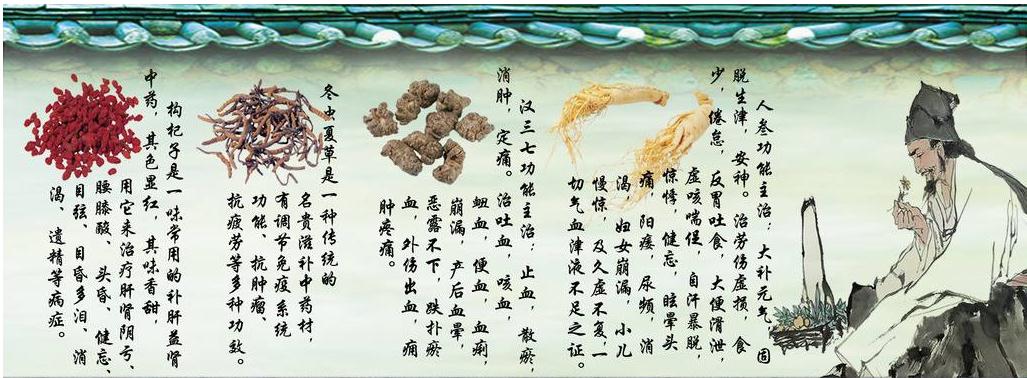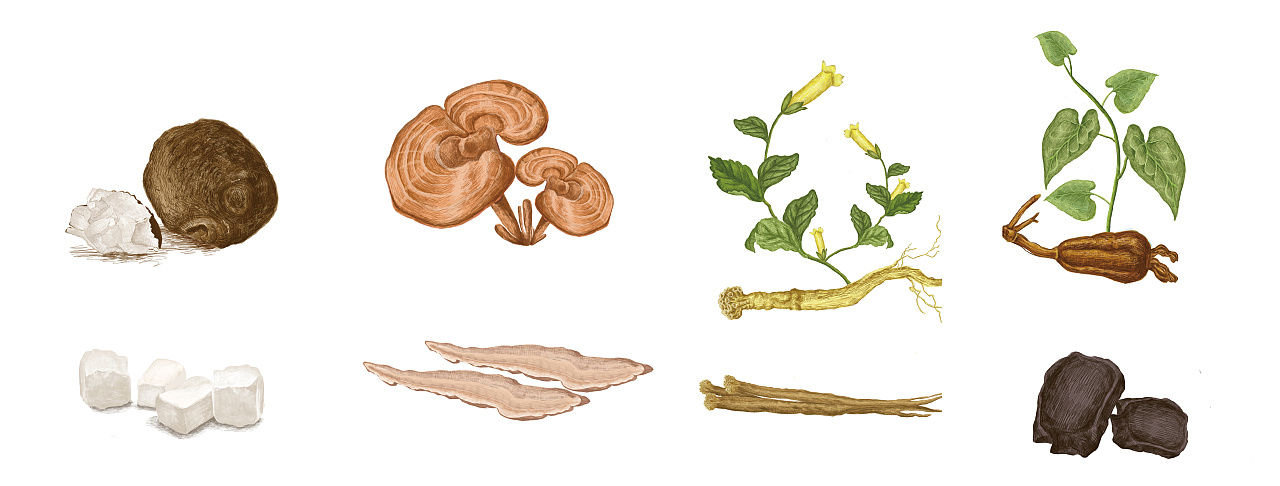First, the drying of glass equipment
Instruments that are often used for experiments should be washed and dried after each experiment. Instruments used in different experiments have different requirements for drying. Generally, beakers such as beakers and conical flasks can be used for cleaning in quantitative analysis. Many instruments used for organic chemical experiments or organic analysis require drying, and some No water mark is required, and some require no water. The instrument should be dried according to different requirements.
1. Drying (control drying) is not urgent. It is required to be generally dry. After washing with pure water, it can be inverted and drained in the dust-free place, and then naturally dried. The instrument can be placed in a shelf with diagonal nails and a glass cabinet with venting holes.
2 , drying Wash the instrument to control the moisture, put it in an electric oven to dry, the oven temperature is 105-120 ° C for about 1h. It can also be dried in an infrared lamp drying oven. This method is applicable to general instruments. Weighing bottles for weighing, etc. are dried and placed in a desiccator for cooling and storage. When drying with thick glass stoppers and thick-walled instruments, pay attention to slowly heating up and the temperature should not be too high to avoid cracking. The measuring device should not be baked in an oven.
The hard test tube can be dried by alcohol lamp. It should be baked from the bottom and the test tube mouth should be down to prevent the water droplets from flowing backward to burst the test tube. When baking to the waterless beads, the test tube mouth is driven upwards to remove the water vapor.
3, the hot (cold) air drying apparatus or drying approach does not fit into a large oven drying apparatus available for eager, usually with a small amount of ethanol, acetone (or finally with diethyl ether) was charged to the water poured In the instrument, the washing solvent is controlled (the solvent is to be recovered), then blown with a hair dryer, and then blown with cold air for 1-2 minutes. When most of the solvent is volatilized, the hot air is blown to completely dry, and then the residual steam is blown with cold air. It no longer condenses in the container. This method requires good ventilation, prevents poisoning, and does not touch open flames to prevent organic solvents from exploding. Of course, the glass instrument dryer is the best choice! Because of its fast, energy-saving, no water stains, easy to use, simple maintenance and so on. Can blow cold and hot two kinds of wind.
Second, the preservation of glass instruments
The glassware in the storage room should be stored in separate categories for easy access. Frequently used glass instruments are placed in the test cabinet. They should be placed in a stable, high, and large position. The following methods are provided for the storage of some instruments.
1 . The pipette is washed and placed in a dust-proof box.
2 . After the burette is used, wash the solution inside, wash it and fill it with pure water, cover the glass short test tube or plastic sleeve, or insert it on the burette holder.
3 . After completion of color than the plate-washing, in a porcelain dish underlying paper or plastic, the vessel inversion dry loaded cuvette cartridge or the cleaning.
4 . Mouth flask with a ground instrument plug or cuvette preferably before washing it with a rubber band or a small cord to plug and orifice plug is good, so as not to break the plug or confused with each other. Grinding instruments that need to be stored for a long time should be padded with a piece of paper between the plugs to avoid sticking for a long time. The burette that has not been used for a long time should be removed from the Vaseline pad and stored with a rubber band.
5 . A kit as Soxhlet extractor, and the like exhausted gas analyzer should be washed immediately placed in a special storage tray.
In short, we must be responsible for the work, all the glass equipment used should be cleaned after use, keep in accordance with the requirements, to develop good work habits, do not leave grease, acid, corrosive substances in the instrument ( Including concentrated lye) or toxic drugs, so as not to cause trouble.
Laboratory glass instrument washing method
First, the washing method:
1. Brush with water: It can wash away the soluble substances, and can also elute the dust attached to the instrument.
2. Brush with a decontamination powder or synthetic detergent: removes oil from the instrument.
3. Wash with concentrated hydrochloric acid: The oxidant attached to the wall, such as manganese dioxide, can be washed away.
4. Chromic acid washing solution: Add 8g of fine industrial K2Cr2O7 to warm 100mL concentrated sulfuric acid and heat it on low heat. Do not heat it to white smoke. Stir while heating, store in a fine bottle after cooling.
Second, the specific steps of washing:
1. Wash the glassware with water or detergent first.
2. Try to remove the water from the vessel to avoid flushing the lotion.
3. Return the lotion to the original bottle for reuse.
(The lotion is highly corrosive, do not splash on clothing or skin. The chromic acid lotion has strong acidity and strong oxidizing property, strong decontamination ability, suitable for washing oil stains and organic matter. When the color of the washing liquid turns green, wash The performance is reduced and should be reconstituted.)
4. Aqueous NaOH solution containing KMnO4: 10 g of KMnO4 was dissolved in a small amount of water, and 100 mL of a 10% NaOH solution was poured into the solution. This solution is suitable for washing oil stains and organic matter. After washing, the MnO2 precipitate is left on the glassware and can be washed away with concentrated HCl or Na2SO3 solution.
5. Hydrochloric acid-alcohol (1:2) washing solution: suitable for washing cuvettes stained with organic reagents. Avoid using brushes and chromic acid washes in cuvettes.
6. The wall of the instrument should be wetted by water and the water-free beads attached to it.
7. After washing with the above method, after washing with tap water, there are still Ca2+ and Mg2+ ions. If you need to remove these ions, use deionized water for 2~3 times. The water consumption is generally the volume of the washing instrument. 1/4 to 1/3.
Chinese Herbal Medicine (English name: Chinese herbal medicine): Chinese medicine is mainly composed of botanical medicine (root, stem, leaf, fruit), animal medicine (viscera, skin, bone, organs, etc.) and mineral medicine. Because botanical medicine accounts for the majority of Chinese medicine, Chinese medicine is also called Chinese herbal medicine.
There are about 5,000 kinds of Chinese medicines used in various parts of China, and there are countless prescriptions made by combining various medicinal materials. After thousands of years of research, an independent science, Materia Medica, has been formed. Various medical schools in China have set up the course of natural medicine, which is called the Chinese herbal medicine.
The concept of plant extracts can be accepted and recognized by various countries, and it is also a common expression used to spread herbal medicines in various countries. The export value of plant extracts in China exceeded the export value of Chinese patent medicines as early as 1999. In European and American countries, plant extracts and their products (plant medicines or food supplements) have a broad market prospect, and have developed into an emerging industry with annual sales of nearly 8 billion US dollars.
The plant extracts in China are generally intermediate products, which are widely used, mainly used as raw materials or auxiliary materials for medicines, health foods, tobacco, cosmetics, etc. There are also many kinds of raw material plants used for extraction, and there are more than 300 plant varieties that are extracted industrially.





Chinese Herbal Medicine
China Herb,Best Chinese Herbs,Chinese Healing Herbs,Chinese Herbal Medicine
Guangzhou Zhongzhinan Supply Chain Co.,Ltd. , https://www.gzzhongzhinan.com




